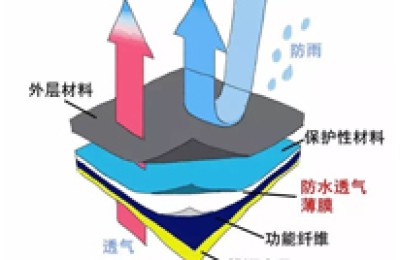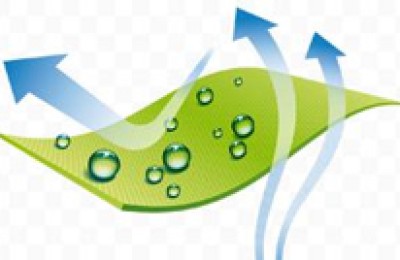Classification of clothing fabrics
Classification of clothing fabrics (Table 2)
|
Category |
Basic Features |
Include varieties |
Advantages |
Disadvantages |
|
Cotton Fabric |
Products made from cotton fiber and cotton-type chemical fiber as raw materials and processed through textile dyeing and finishing processes are called cotton fabrics. |
Including pure cotton and cotton-type chemical fiber fabrics |
Pure cotton fabric has soft luster and simplicity; good warmth retention, bright color and complete color spectrum; good heat and light resistance; good alkali resistance; and insect resistance. |
Pure cotton fabrics have poor color fastness; poor elasticity and are prone to wrinkles; poor acid resistance; and prone to mildew. |
|
Maotypes Fabric |
Products made from wool or special animals as the main raw material and processed through textile, dyeing and finishing processes are called woolen fabrics, also known as woolen fabrics. Some pure chemical fiber fabrics, although they do not contain wool components, are processed using wool spinning equipment and wool spinning processes, and are often included in the scope of woolen fabrics. |
Including worsted wool fabrics and woolen fabrics. |
The fiber is naturally curly, fluffy and soft, and has poor thermal conductivity, so wool fabrics have good warmth retention; good hygroscopicity, dry and comfortable, suitable for wearing in wet and cold environments; good elasticity, wear resistance, anti-wrinkle, good shape retention; easy to dye, complete color spectrum, Good color fastness. |
The heat resistance is average and should not be exposed to the sun; the washability is poor and it is easy to shrink when washed with water. It needs to be ironed and finished after washing; it is not suitable to use alkaline detergent for washing. |
|
Silk Fabric |
|
|||
|
Brushed fabric: By using a special finishing method, a layer of fine velvet is formed on the surface of the fabric. |
Imitation suede, peach skin, apricot skin fabrics, etc. |
Produced with ultra-fine synthetic fibers, the feel and appearance have been significantly improved. The fluff is fine and soft, and the touch is more suitable. |
|
|
|
Environmentally friendly fabrics: Will not have adverse effects on the human body and the environment during production and consumption and are easy to degrade |
Tencel, Tencel Lyocell |
|
|
|
|
Functional fabrics: new functions have been added to meet people’s special requirements |
Warm fabrics, radiation protection fabrics, antistatic fabrics, luminous fabrics, non-protective fabrics, etc. |
|
|
ClothingClassification of fabrics (according to weave):
1. Woven fabric: a fabric made of two sets of warp and weft yarns that are perpendicular to each other and interwoven according to certain rules. Its characteristics are that the cloth surface is divided into warp and weft directions, with stable structure, rich appearance and comprehensive wearing performance. Among clothing fabrics, woven fabrics are the most widely used.
2. Knitted fabric: It is a fabric formed by using a yarn or a group of yarns, knitting the yarns into coils with knitting needles and stringing them together. Knitwear has good elasticity, extensibility and permeability.
Knitted fabrics are divided into two categories: warp knitting and weft knitting:
Warp knitted fabric: good dimensional stability and not easy to fall apart, but poor extensibility, elasticity and feel. Therefore, warp knitted fabrics are mainly used as fabrics for knitted outerwear such as sportswear.
Weft knitted fabric: The structure is relatively loose, has good breathability, feels fluffy, soft and light. Weft knitted fabrics are suitable for use as underwear and other clothing fabrics that require fit, comfort, and wrinkle resistance. The disadvantages are that they are easy to fall apart and the fabric has poor dimensional stability.
3. Non-woven fabric: “cloth” with fabric properties made without traditional textile methods.
4. Other fabrics: such as fabrics made by combining the weaving principles of knitting and weaving, and “three-way fabrics” made by using the yarns of three systems at a certain angle to each other.
Disclaimer:
Disclaimer: Some of the texts, pictures, audios, and videos of some articles published on this site are from the Internet and do not represent the views of this site. The copyrights belong to the original authors. If you find that the information reproduced on this website infringes upon your rights, please contact us and we will change or delete it as soon as possible.
AA







